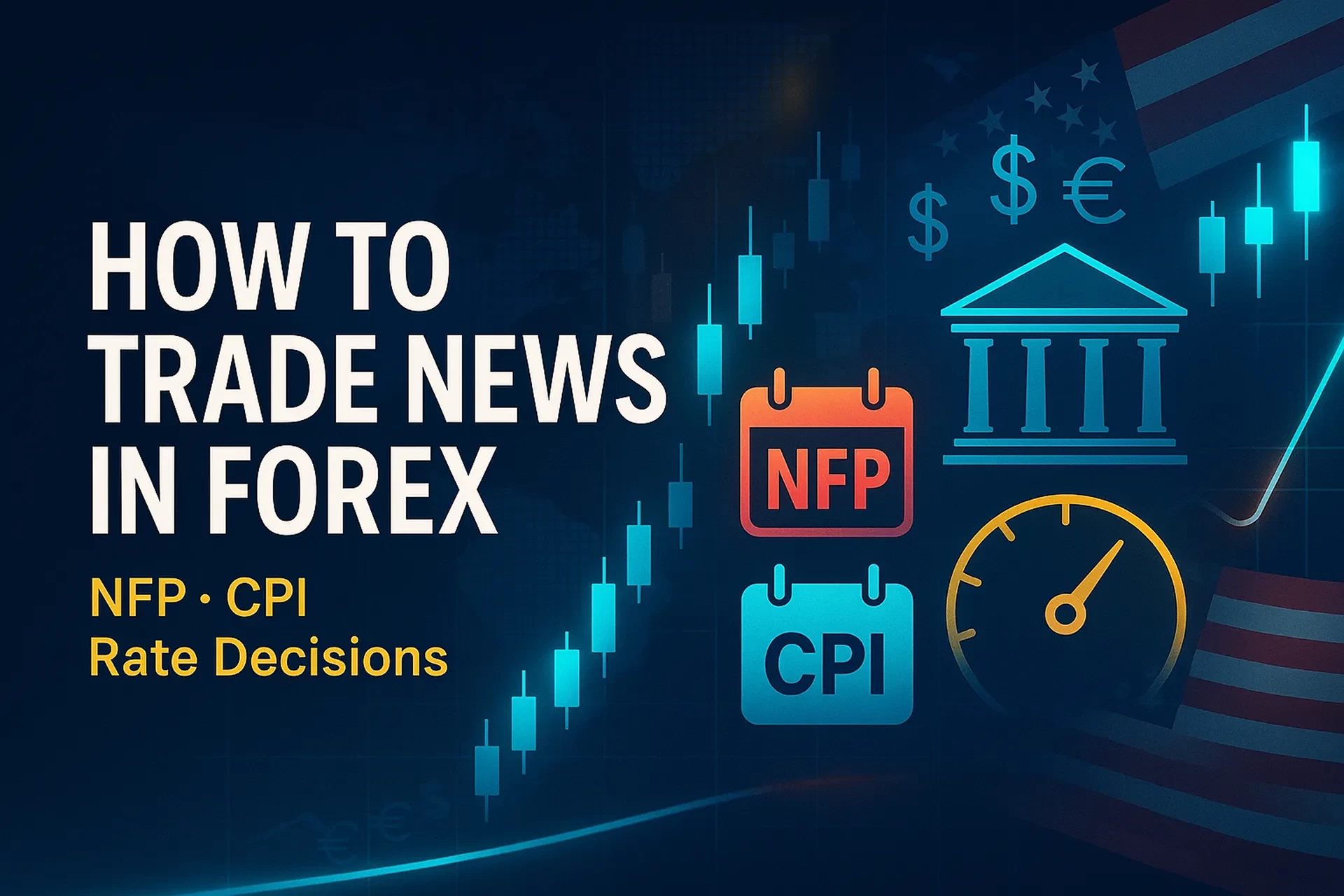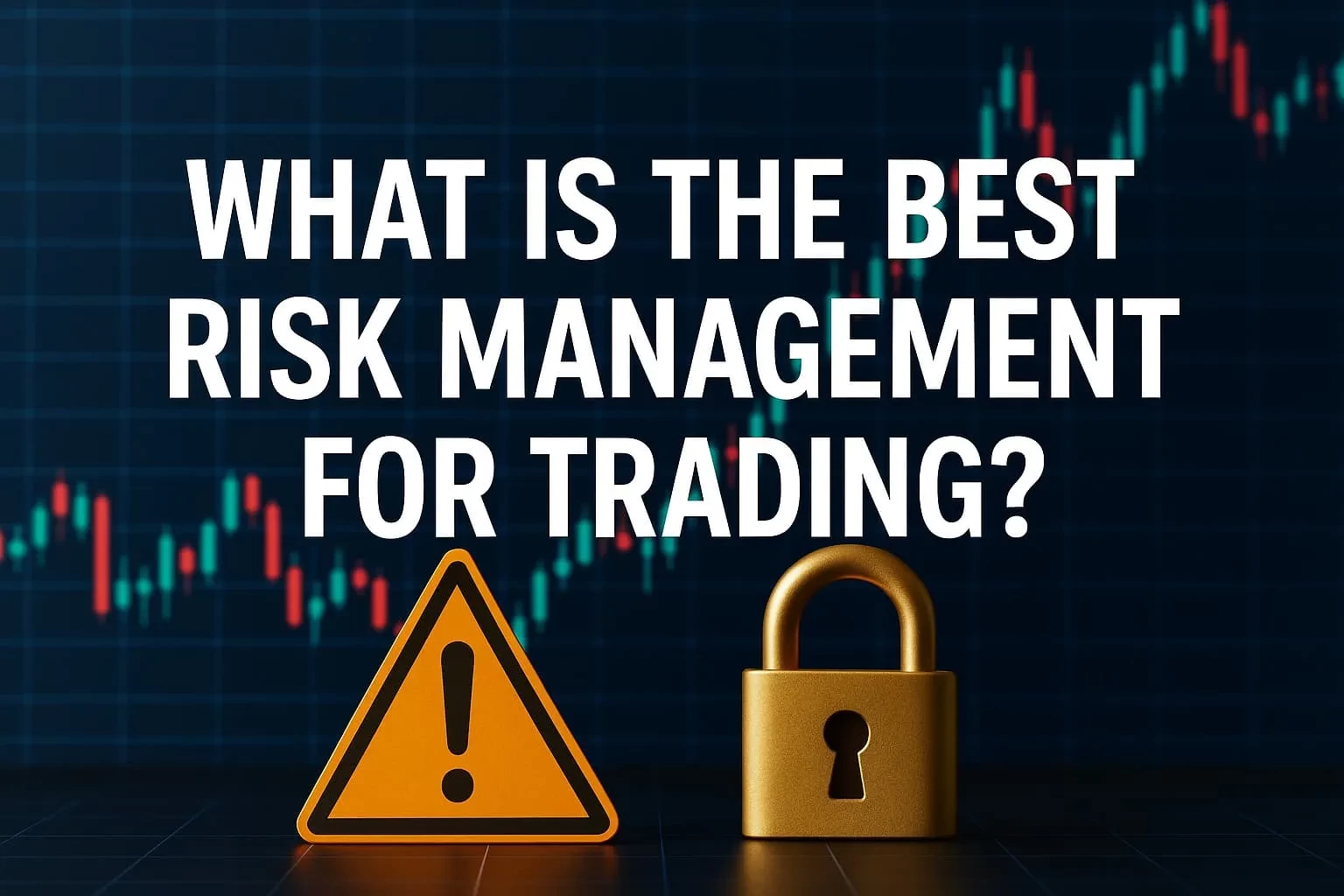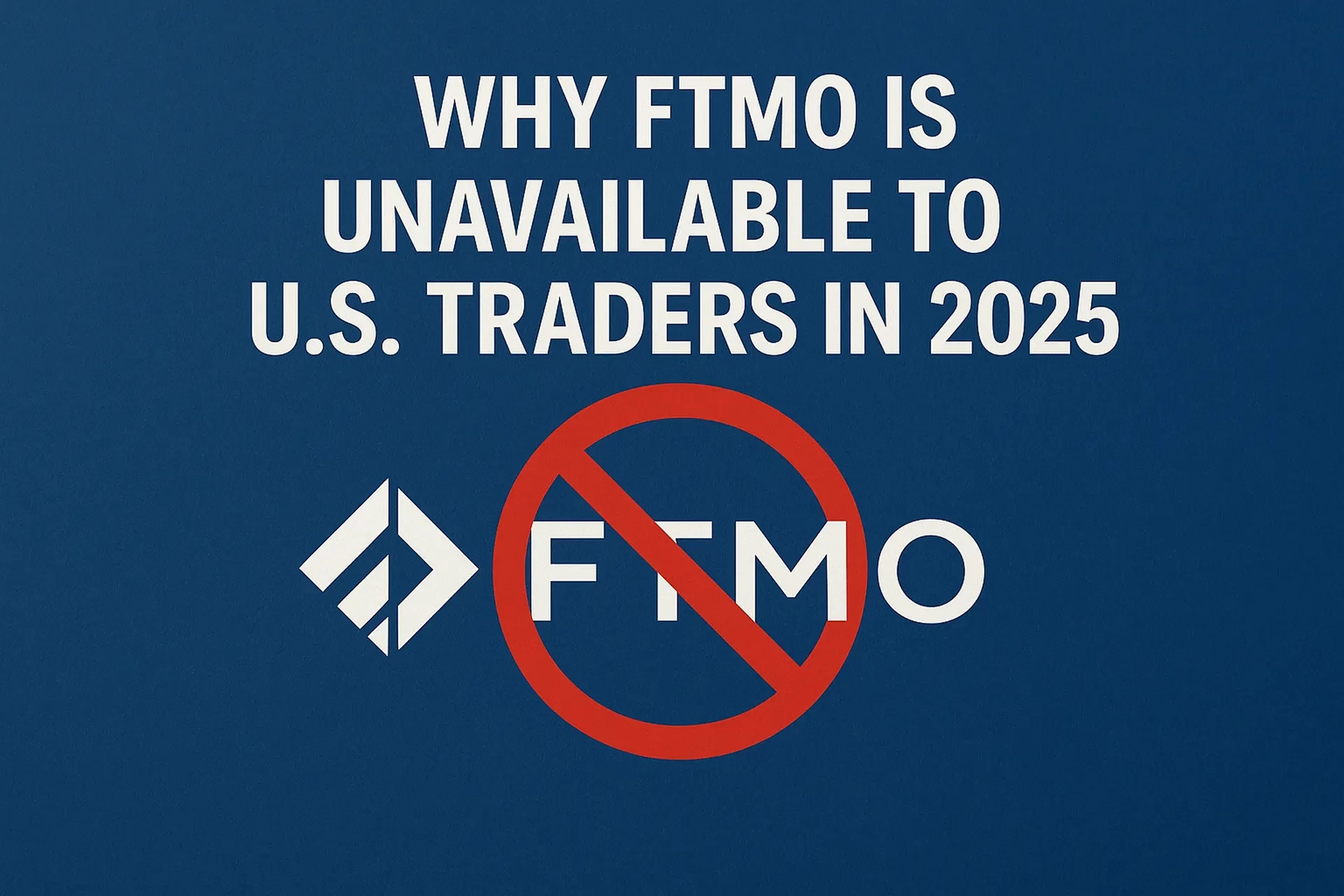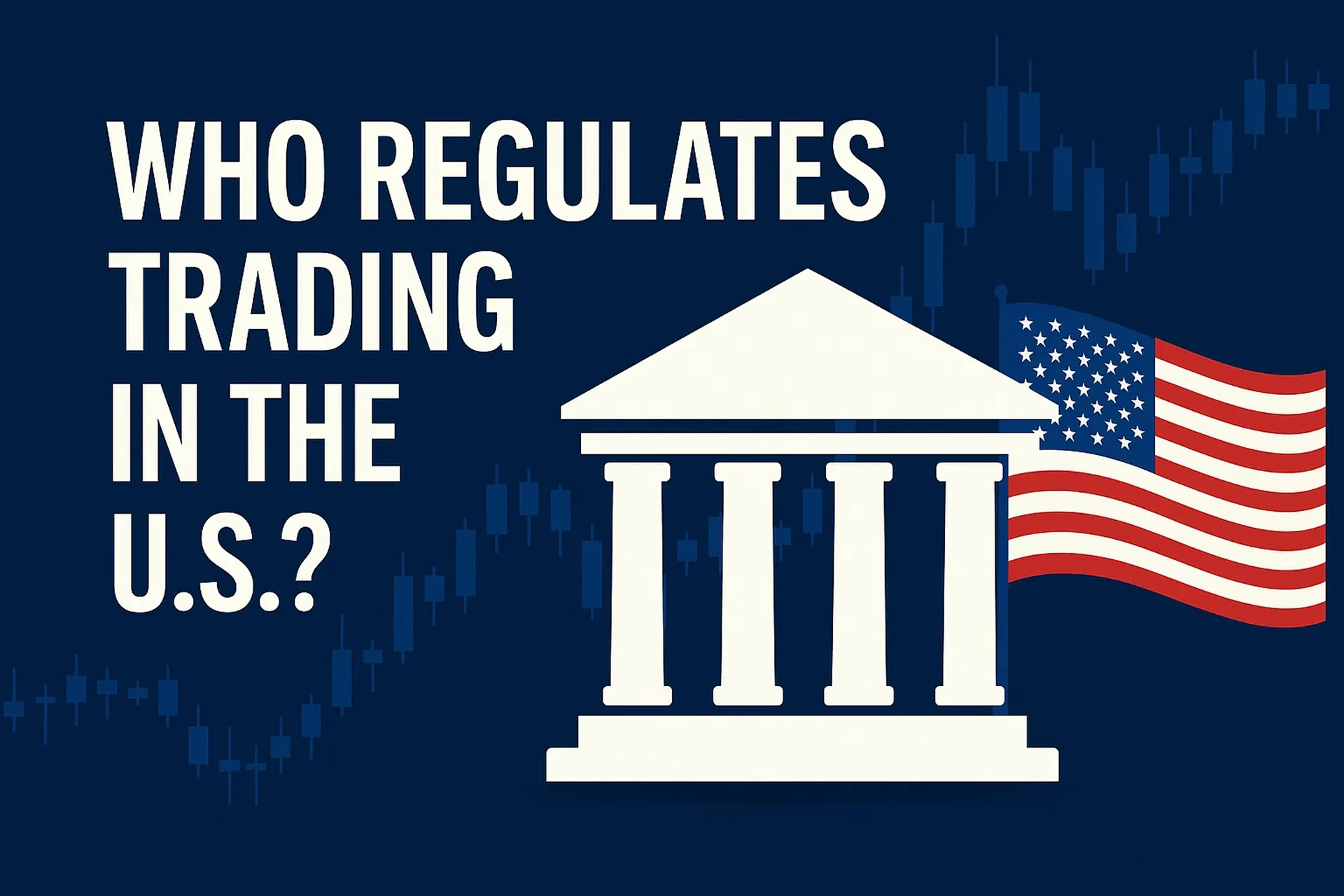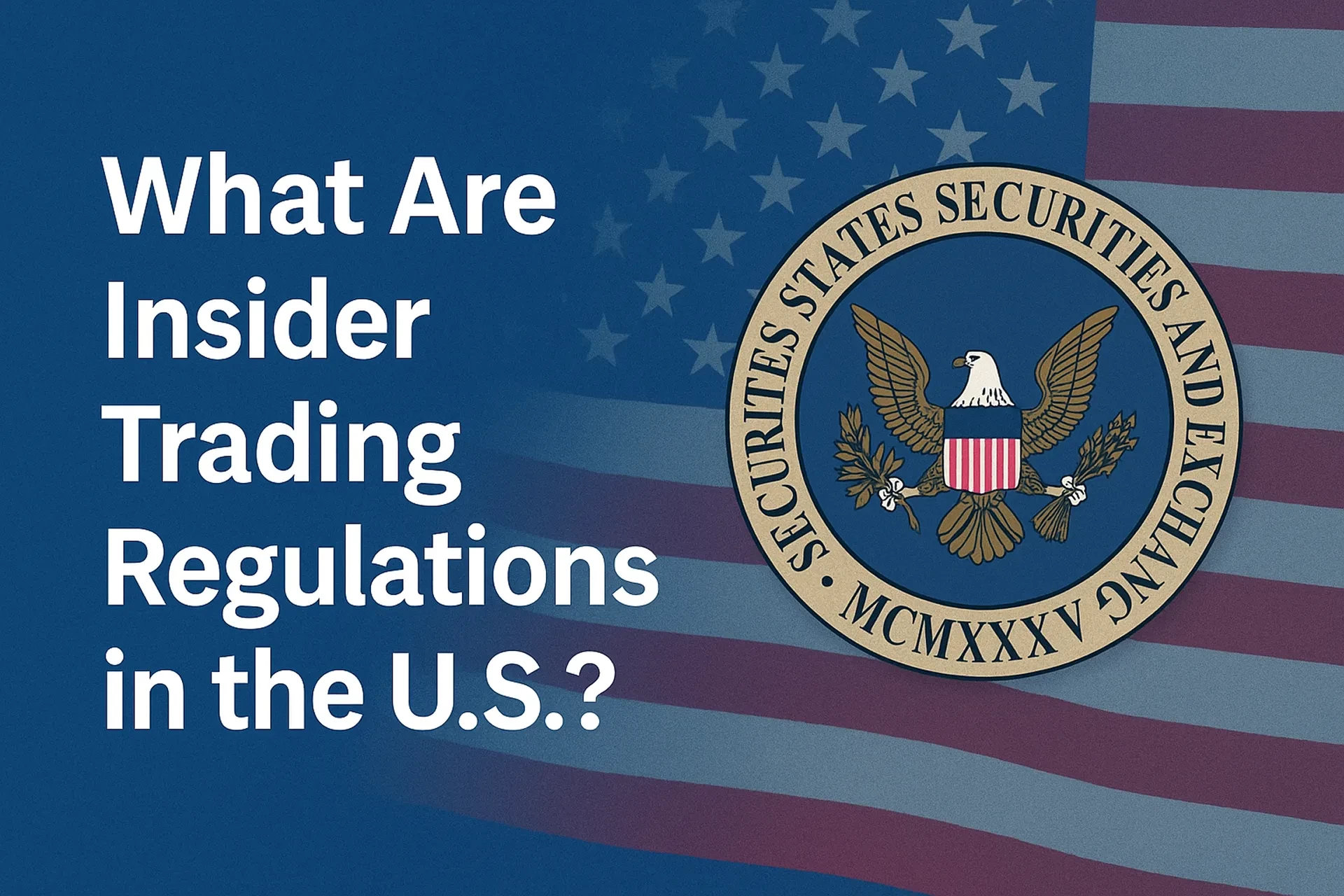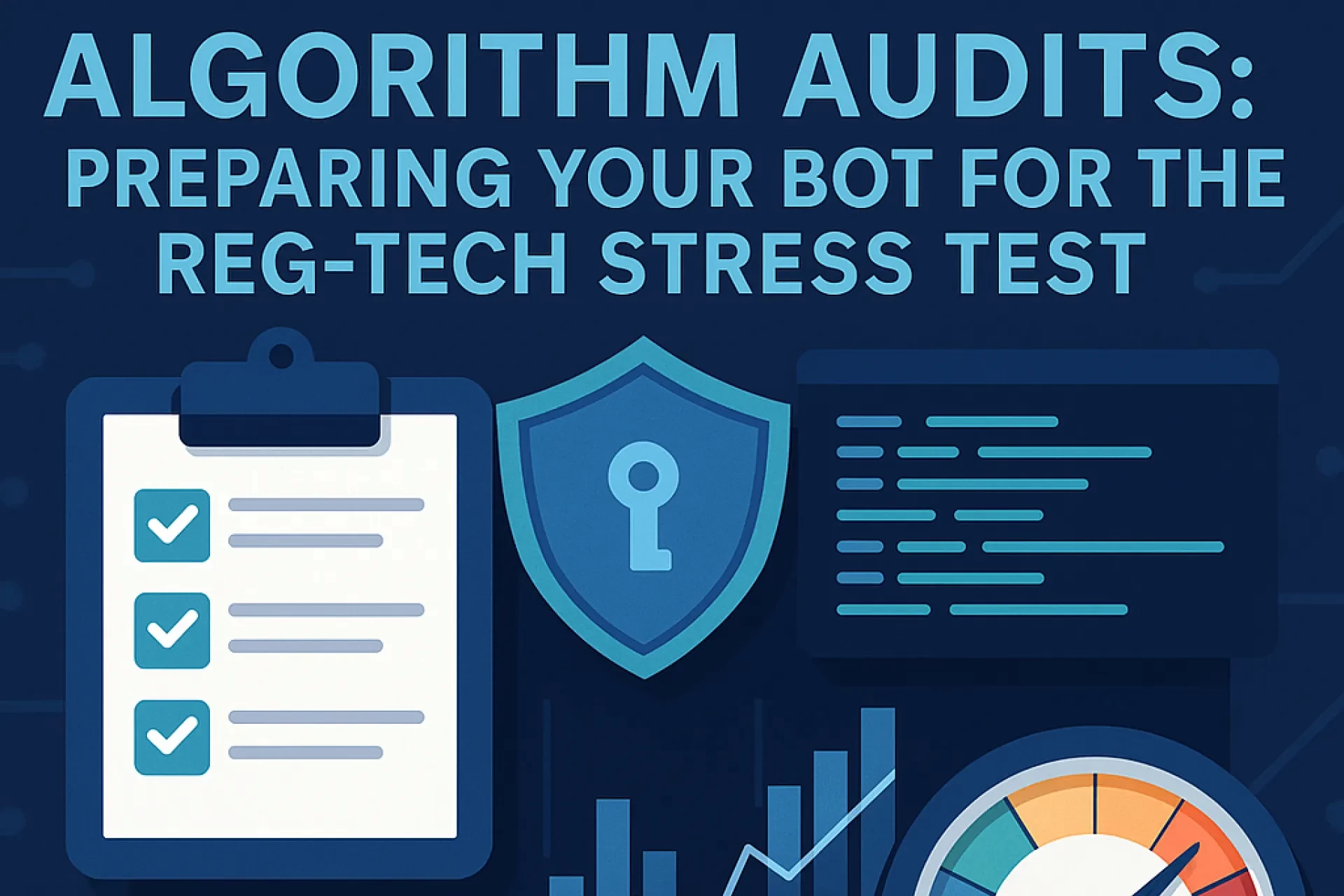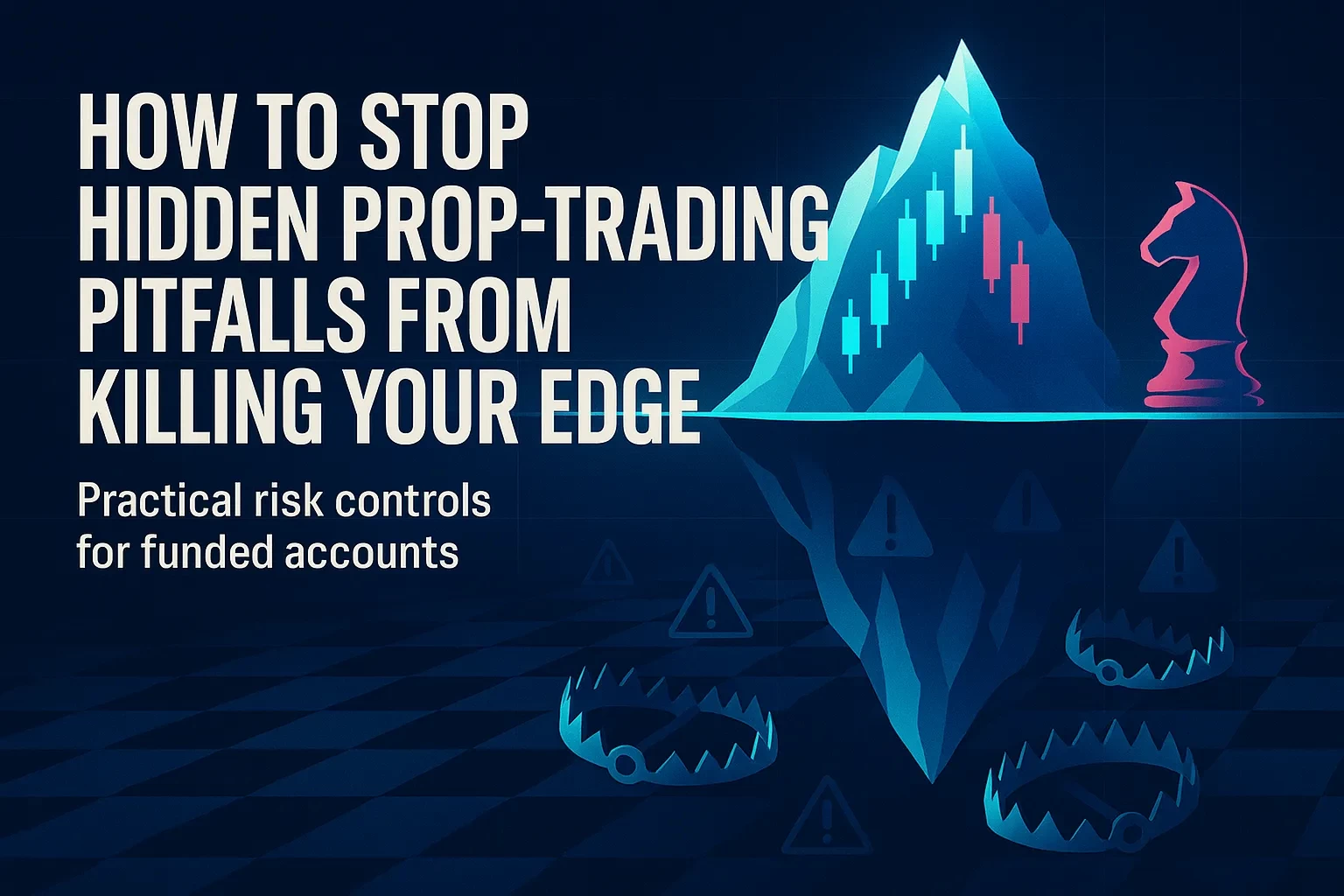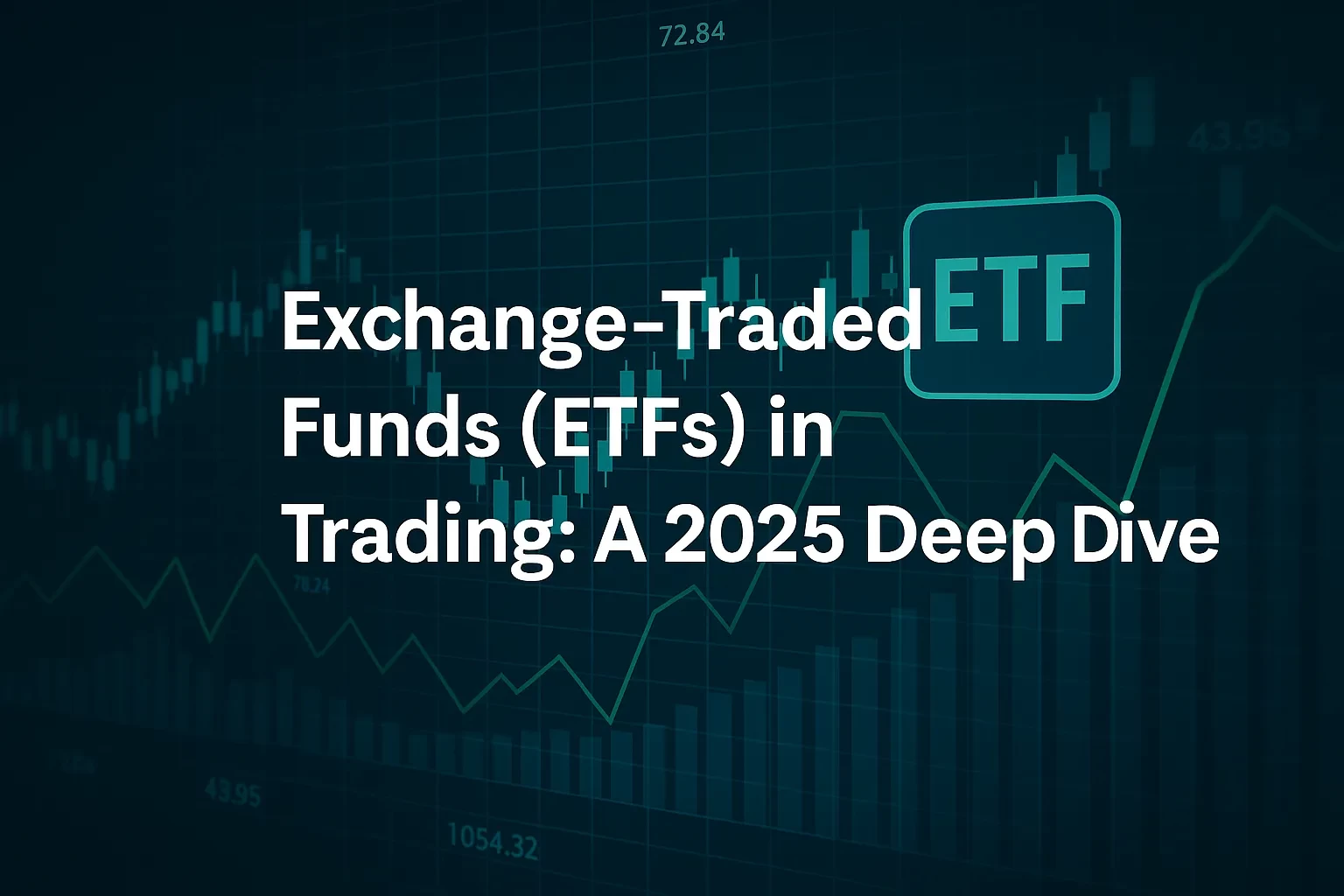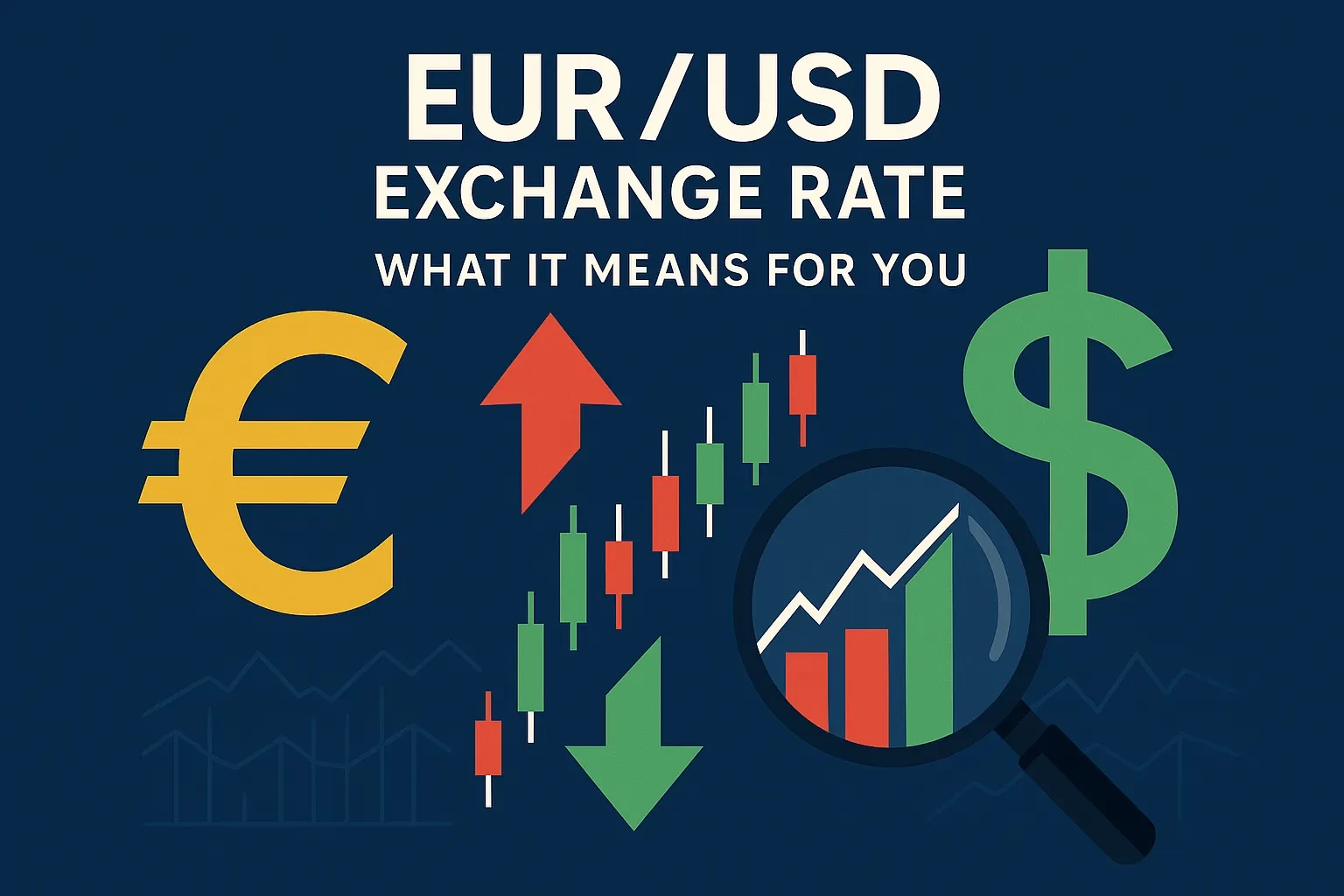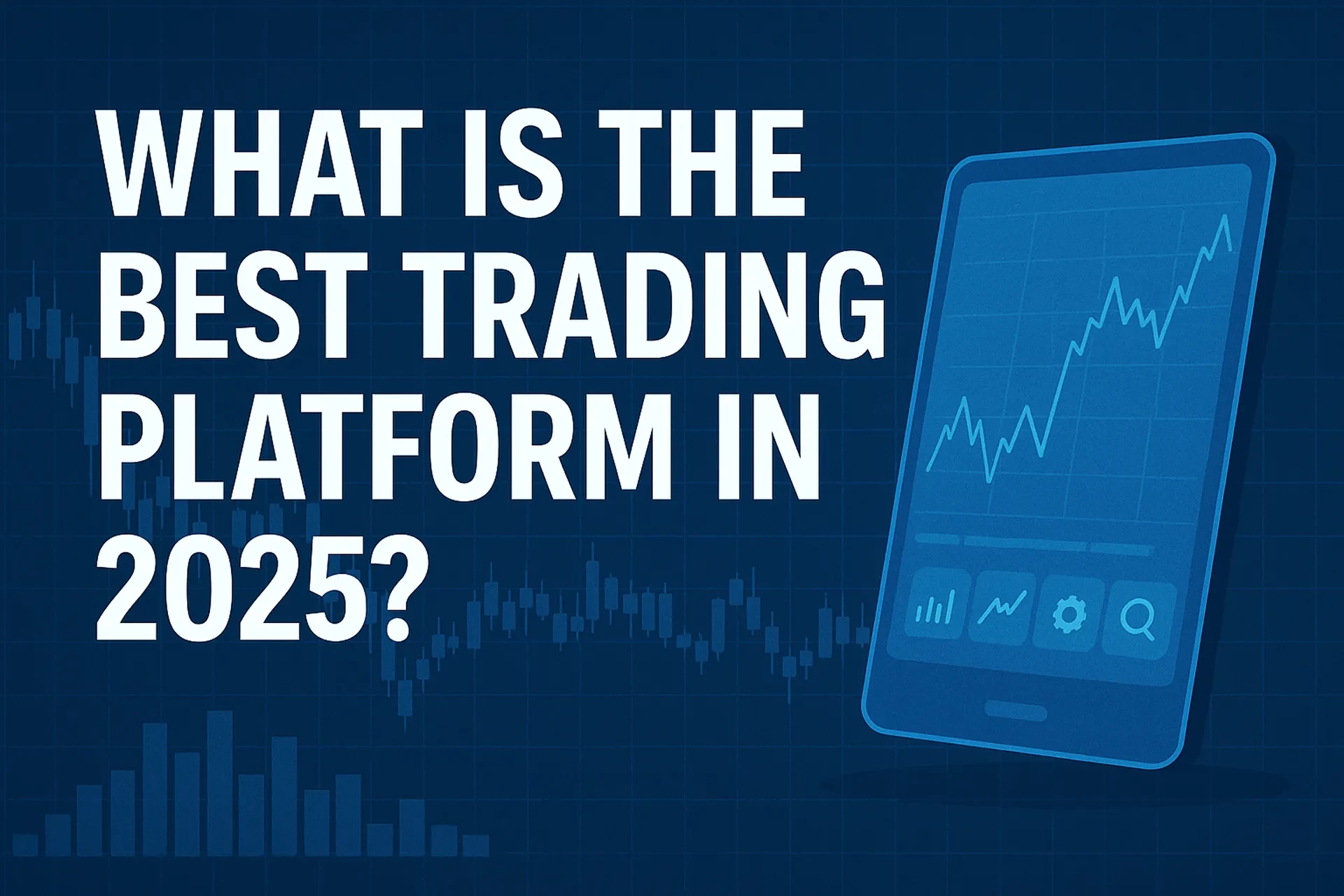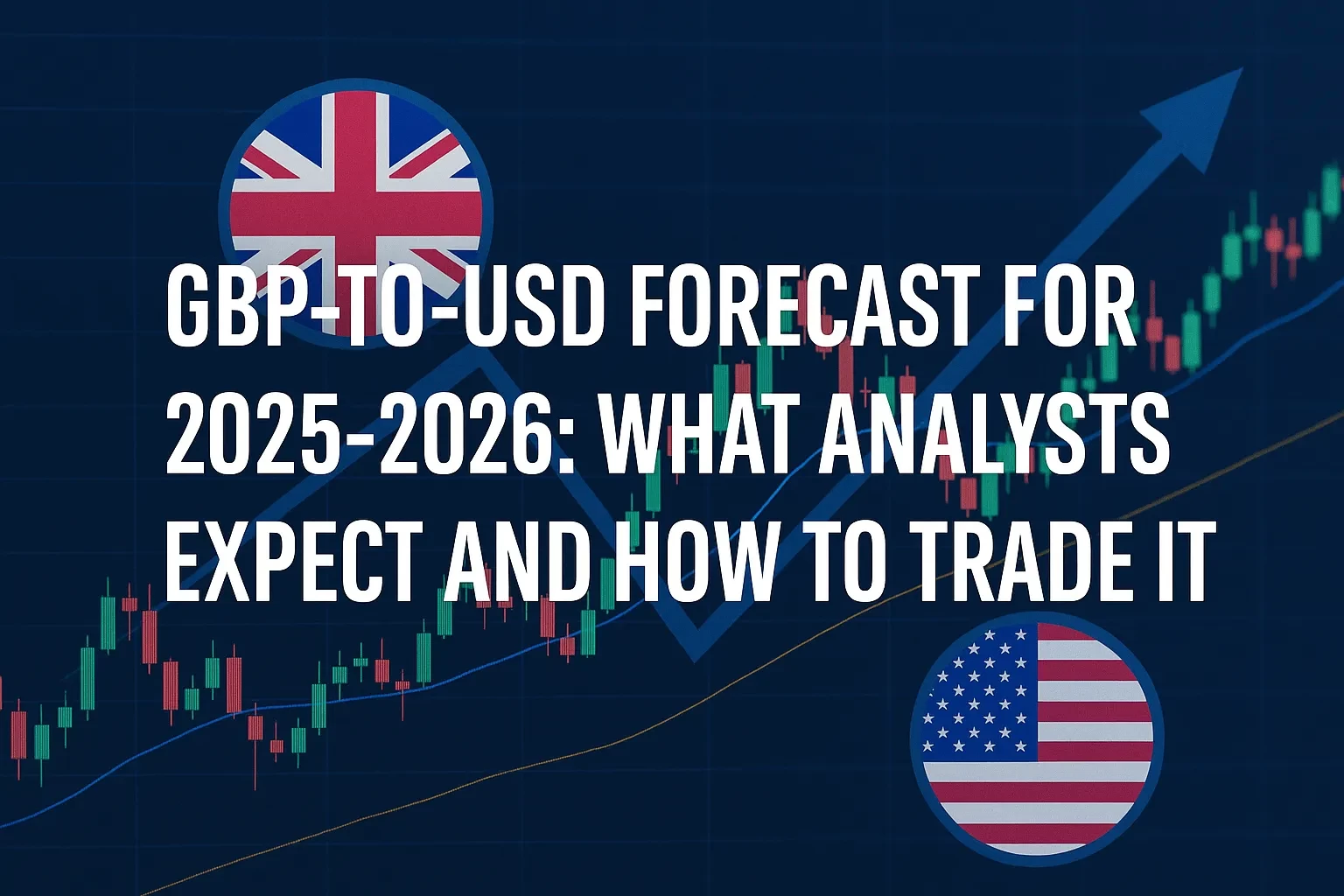Table of Contents
Cryptocurrency has sprinted from fringe code to a $3.4 trillion asset class, spurred by the SEC’s 2024 approval of spot-Bitcoin ETFs and record-setting on-chain activity in 2025 (sec.gov, forbes.com). Retail access is easier than ever—you can open a verified exchange account from your phone in under ten minutes—but the learning curve is still steep. Market-wide 10 % swings, 24/7 trading, and an alphabet soup of U.S. regulations can shred unprepared capital. This deep-dive shows you exactly how to start crypto trading—step by step—while protecting your wallet, identity, and sanity.
1 Crypto Trading Basics – Definitions & Key Players
1.1 What Counts as “Crypto Trading”?
• Spot—instant exchange of the asset (BTC, ETH, SOL) for dollars or stablecoins.
• Derivatives—perpetual swaps and CME futures that track a crypto price without moving on-chain coins.
• Funds & ETPs—SEC-registered ETFs like $IBIT give exposure inside traditional brokerage accounts.
1.2 Centralized vs. Decentralized Venues
| Venue | Access | Fees | Counter-party Risk |
|---|---|---|---|
| Centralized Exchange (CEX) | Email + KYC; e.g., Coinbase, Kraken | 0–0.6 % maker/taker | Platform bankruptcy (FTX lesson) |
| Decentralized Exchange (DEX) | Self-custody wallet; no KYC | 0.05–0.3 % plus gas | Smart-contract exploits |
1.3 Regulatory Backbone (U.S.)
• SEC—claims most tokens are securities; sued Coinbase in 2024 for unregistered brokerage activity.
• CFTC—regulates crypto derivatives and has jurisdiction over fraud on “commodities in interstate commerce”.
• FinCEN—AML/KYC rules updated June 2024; exchanges must verify identity and file Suspicious Activity Reports.
2 Step-by-Step Guide – Your First Crypto Trade
2.1 Decide Your Custody Model
• Broker-custodial (easy): Exchange holds keys; you trade fast but trust a third party.
• Self-custody (secure): Hardware wallet or browser extension; you control private keys but must safeguard seed phrases.
2.2 Choose a U.S.-Licensed On-Ramp
• Compare fee schedules: Coinbase Pro tier starts at 0.60 % but drops to 0.18 % above $100 K monthly volume.
• Verify the exchange’s state money-transmitter or NYDFS BitLicense status.
• Check Proof-of-Reserves audits—Kraken and Gemini publish Merkle-tree attestations quarterly.
2.3 Complete KYC & Enable Security
• Upload government ID and selfie.
• Activate hardware security-key 2FA—SMS alone is phishable.
• Create a unique e-mail + password; store credentials in a password manager.
2.4 Fund the Account
• ACH transfer (0–1 % fee) settles in 1-3 days.
• Wire (same day) costs $10–$30.
• Consider stablecoin deposits (USDC) for instant availability if your bank supports on-chain rails.
2.5 Place Your First Spot Trade
Buy 0.02 BTC @ $65 000 (Limit)
• Select limit order to avoid slippage.
• Size trade so a 20 % drawdown risks ≤ 1 % of account.
2.6 Set a Risk Framework
• Hard stop-loss at –5 % to –10 % on every trade.
• Position total at-risk capital < 5 % of net worth while you learn.
• Document each entry, thesis, and exit in a spreadsheet or journaling app.
2.7 Plan for Tax Reporting
• Every sale—even crypto-to-crypto—is a taxable event.
• Import CSVs into Form 8949 software; short-term gains taxed up to 37 %.
• IRS enforcement ramped up audits after the 2024 Infrastructure Act’s broker-reporting rules.
3 Beyond Spot – Derivatives, Staking, and ETFs
| Product | Why Use It? | 2025 Status & Rules | Key Risks |
|---|---|---|---|
| CME Micro Bitcoin Futures | Hedge or leverage BTC moves in a 0.1 BTC contract | Record open interest > 62 K contracts on May 30 2025 | Daily mark-to-market margin calls |
| Perpetual Swaps (Offshore) | 10–100× leverage, 24/7 | U.S. residents barred; VPN use violates CFTC law | Liquidations on tiny moves |
| On-chain Staking | Earn yield (3–7 % APY) | SEC 2024 settlement forced Coinbase to geo-fence staking to institutional only | Smart-contract hacks |
| Spot-Bitcoin ETFs | IRAs and taxable brokerage accounts | $IBIT, $FBTC amassed $50 B AUM by May 2025 | 0.19–0.25 % expense ratios |
4 Pros, Cons & Risk-Management Matrix
| Factor | Advantages | Drawbacks | Mitigations |
|---|---|---|---|
| 24/7 Market | React instantly to global events | Sleep-cycle FOMO; no circuit breakers | Use limit orders & mobile alerts |
| High Volatility | Big upside in bull runs (BTC hit $100 K Nov 2024) | 15 % daily drawdowns common | Keep cash buffer; diversify |
| Decentralization | Self-custody avoids broker failure | User error = irreversible loss | Test transfers with $5 first |
| Regulatory Gray Zones | Innovation outpaces law | Sudden delistings (e.g., XRP in 2024) | Trade large-cap tokens; monitor SEC filings |
5 Case Study – $5 000 Starter Portfolio, 90-Day Review
| Allocation | Entry Price (Apr 1 2025) | % Move by Jul 1 | Result |
|---|---|---|---|
| 50 % Bitcoin | $82 400 | +18 % | +$738 |
| 25 % Ethereum | $4 350 | +10 % | +$109 |
| 15 % Solana | $245 | –8 % | –$61 |
| 10 % Cash/USDC | — | — | — |
| Total | +$786 (+15.7 %) | ||
Trader logged all entries, used 2 % risk per position, and avoided overnight derivatives. Even with Solana dip, disciplined sizing delivered double-digit returns—proof that process beats hype.
6 Common Mistakes & Pro Tips
• Mistake: YOLO 100× leverage on offshore perps.
Pro Tip: Start with micro-size CME futures; margin-call risk is finite and regulated.
• Mistake: Storing all funds on an exchange.
Pro Tip: Keep > 80 % of long-term holdings in hardware wallets.
• Mistake: Tax procrastination.
Pro Tip: Sync transactions monthly into Koinly or CoinTracker to avoid April panic.
• Mistake: Chasing meme coins without liquidity.
Pro Tip: Filter tokens ≥ $1 B market cap and ≥ $50 M 24-h volume.
FAQs
Starting crypto trading in 2025 boils down to preparation, security, and discipline:
• Select a regulated on-ramp and lock down your account with hardware 2FA.
• Size small—risk ≤ 1 % per trade while you learn.
• Document every move for taxes and performance review.
• Stay informed—regulation and market structure evolve monthly.
Master those four rules and you’ll turn crypto’s legendary volatility from existential threat into calculated opportunity.






